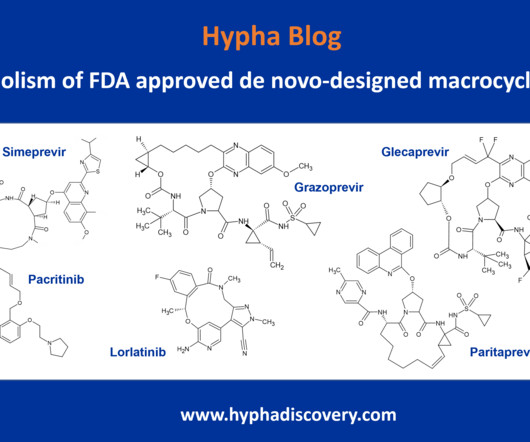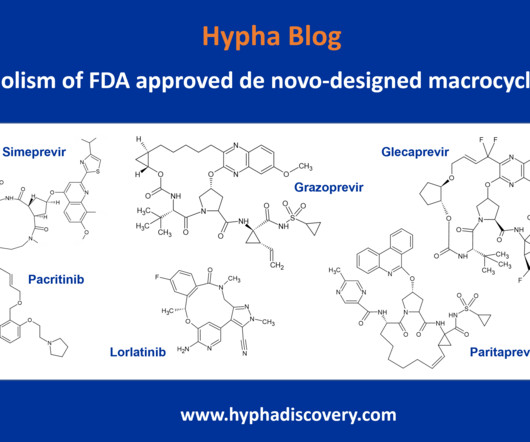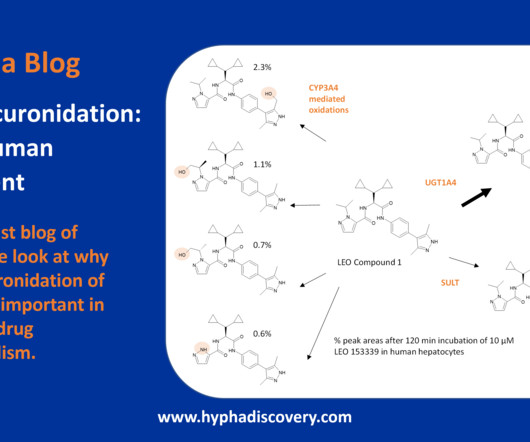Targeted modification of furan?2?carboxaldehydes into Michael acceptor analogs yielded long?acting hemoglobin modulators with dual antisickling activities
Chemical Biology and Drug Design
OCTOBER 5, 2023
Abstract Sickle cell disease (SCD) is the most common genetic disorder, affecting millions of people worldwide. However, the aldehyde functional group metabolic instability has severly hampered their development, except for voxelotor, which was approved in 2019 for SCD treatment.













Let's personalize your content